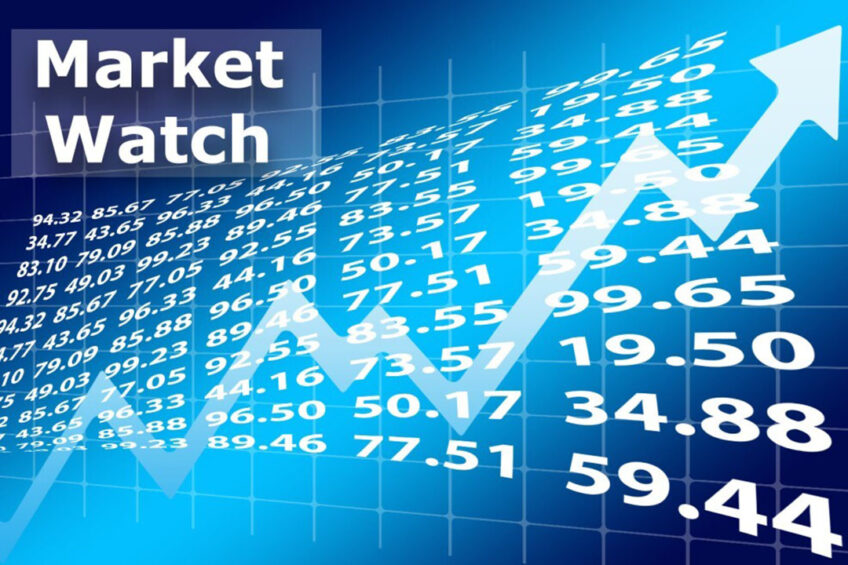Improved Chinese dairy demand ahead

A pickup in the Chinese economy should translate into improved Chinese dairy demand in the year ahead, Nathan Penny, senior agri economist of Westpac New Zealand says, adding, “We expect the Chinese economy to grow by 6% over 2023 from a soft 3.5% over 2022.”
Dairy auction prices on 15 November rose overnight, breaking a run of 3 consecutive price falls. Overall prices lifted 2.4%, while key whole milk powder (WMP) prices posted a 3.1% rise. Overall and WMP prices remain down 18% and 19% respectively on the same time a year ago, Penny points out.
Prices at the auction were mixed by product, with 3 products posting price rises and 3 posting falls. Skim milk powder (SMP) prices matched WMP’s 3.1% price lift, while anhydrous milk fat (AMF) prices rose by 2.7%. Together SMP, WMP and AMF accounted for 87% of the product sold, which resulted in the overall price lift of 2.4%.
“This result was better than our expectations and the market expectation for roughly a flat result,” Penny emphasises. “The positive result follows an easing in Covid restrictions in China. Chinese dairy demand had been progressively weakening over the year on the back of the soft Chinese economy.”
Growth in economy
Penny says the recent loosening of Covid restrictions in China may signal a more pragmatic approach to Covid being adopted by Chinese officials. “We had anticipated that this would be the case at some stage, and on that basis, we expect the Chinese economy to grow by 6% over 2023 from a soft 3.5% over 2022.”
The pickup in the Chinese economy and looser Covid restrictions should translate into improved Chinese dairy demand over the year ahead, Penny expects. The expectations confirm Westpac’s 2022-2023 milk price forecast at NZ$8.75 (US$5.42) per kg milk solids. “At the same time, the relaxation in the Chinese Covid restrictions and the pickup in prices overnight bodes well for our 2023-2024 forecast of NZ$10.00 (US$6.20) per kg MS,” Penny says.
Australian Dairy Farmers Corporation (ADFC) have stepped up the price it pays to suppliers. It is one of the first processors to raise the price this season. So far, few processors have offered any change to pricing in Australia. Backdated to the start of July, an average of AUS$9.90 (US$6.61) per kg of milk solids will be paid to ADFC suppliers across the 2022-2023 season.
Milk price
Even though milk prices are improving, rising input costs are squeezing primary producers and processors, Stephen Sheridan, the new chief executive of Australian Dairy Farmers says in Australian media.
“The cost of inputs, whether it be workforce shortages, energy prices, fertiliser, electricity, gas for the processors. Feed costs, which have been affected by floods. All of that is impacting input costs and in turn impacting profitability. Inflation and interest rates are a problem across agriculture, but particularly dairy, being so energy intensive.”
According to the short-term outlook for EU agricultural markets, hot and dry weather over the summer worsened grass availability and quality in Europe, in addition to lower yields of main crops used for feed.
Many farmers already used part of their winter feed in summer, leading to lower yield growth (0.4%) as well as further herd reduction (-0.9%). EU milk collection is expected to drop (-0.5%) in 2022. EU dairy exports drop as well (-7%) driven by losses in milk powders.
In 2023, the start of the year could remain challenging for farmers in Europe when coping with high input costs, and a likely weaker demand. Assuming normal weather conditions, it is expected that the yield growth could be slightly higher (0.6%) and could compensate for further dairy herd reduction (-0.8%).






